The Ke Ala Kahawai o Waimea Streamside Trail skirts the center of Waimea town between Lindsey Road and Kahawai Street. But while today you’ll find schoolkids, bicyclists and families walking their dogs, the trail has been a thoroughfare for centuries. Kamehameha I’s elite Kīpu‘upu‘u warriors traveled this trail along Waikoloa Stream to board war canoes at ‘Ōhai‘ula. In 1943, exhausted US Marines returning from the Battle of Tarawa built a camp here, on land leased to the military by Parker Ranch owner Richard Smart, where they recuperated before heading off to fight in Okinawa. The Marines paved some sections of the trail connecting the hospital (the converted Waimea School building) to Marine headquarters, built in an area that was once a martial arts training ground for the Kīpu‘upu‘u warriors.
 Leningrad Elarionoff talks story on the trail with volunteers.
Leningrad Elarionoff talks story on the trail with volunteers. Photo compliments of Ala Kahakai O Waimea trail.
The work is ongoing—the trail is currently about a mile long but will eventually be five and a half—performed mostly by community volunteers like the HPA sixth graders. Today they’re spreading wood chips from invasive plants while a steady stream of bikers and pedestrians passes by the native species —ʻōhiʻa, ʻaʻaliʻi, hau—that have been planted along the trail. For Lam, his pet project has turned into a veritable calling. “After all the years of meetings, volunteer days and sheer physical work, when I’m here in the afternoons and see the ‘walking school bus’ of students heading home from Waimea School, it all feels worthwhile.”











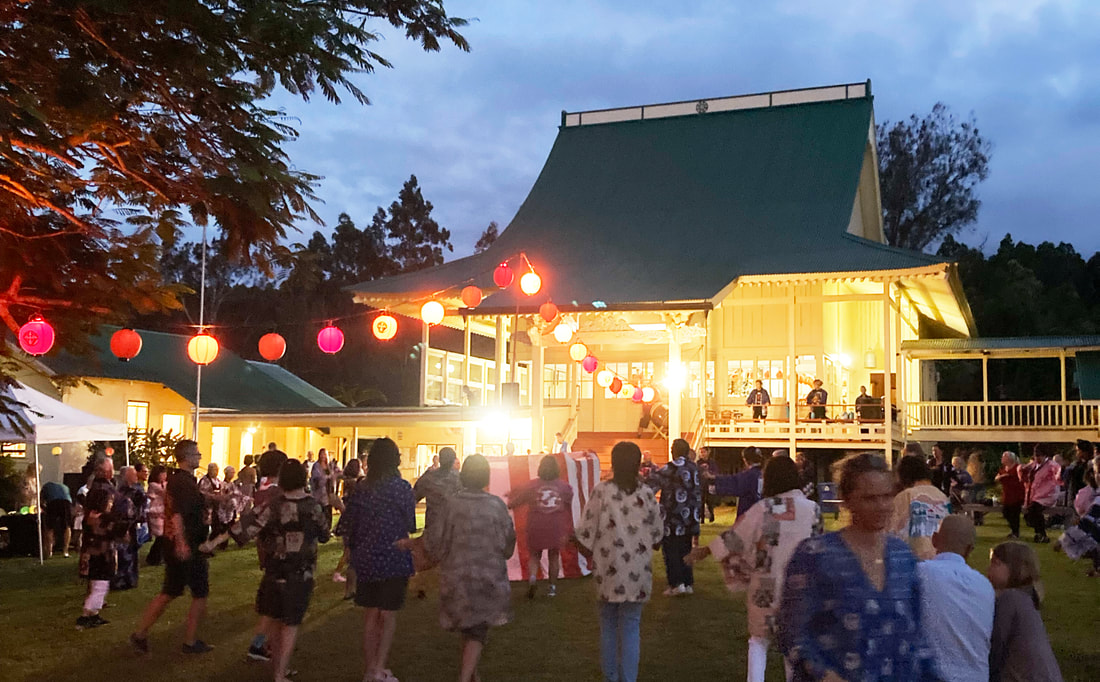
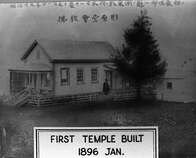
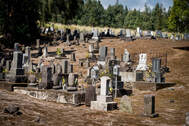
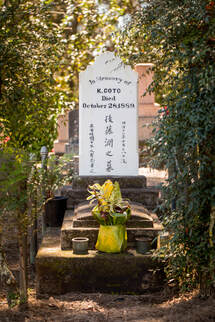
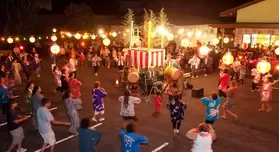
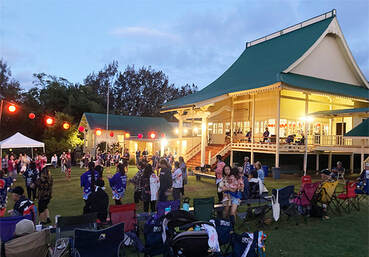
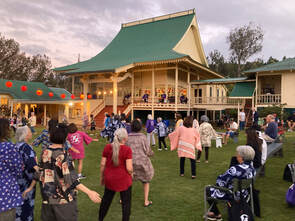

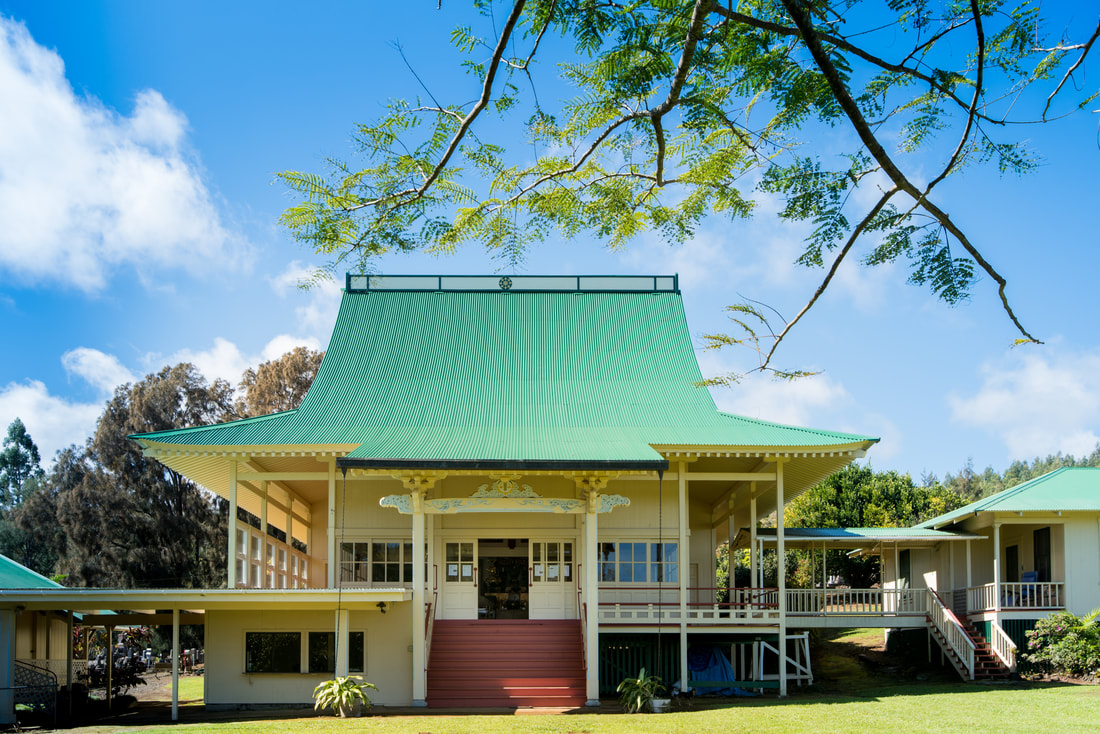
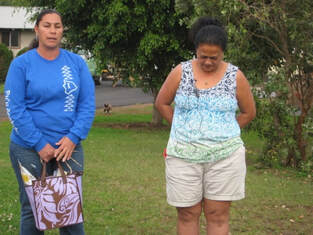
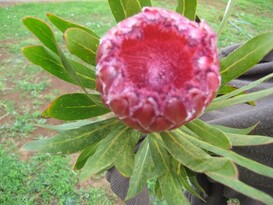
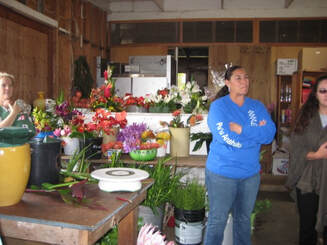
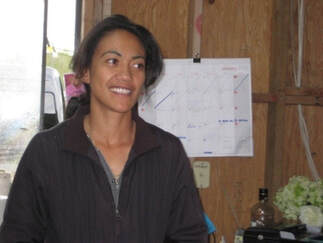
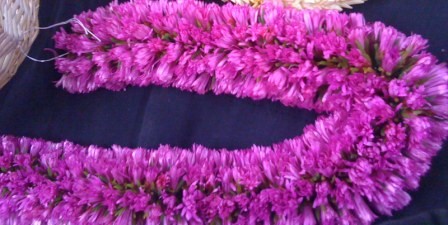
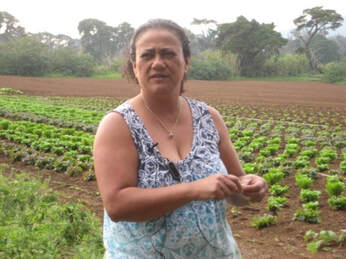
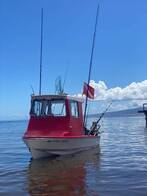

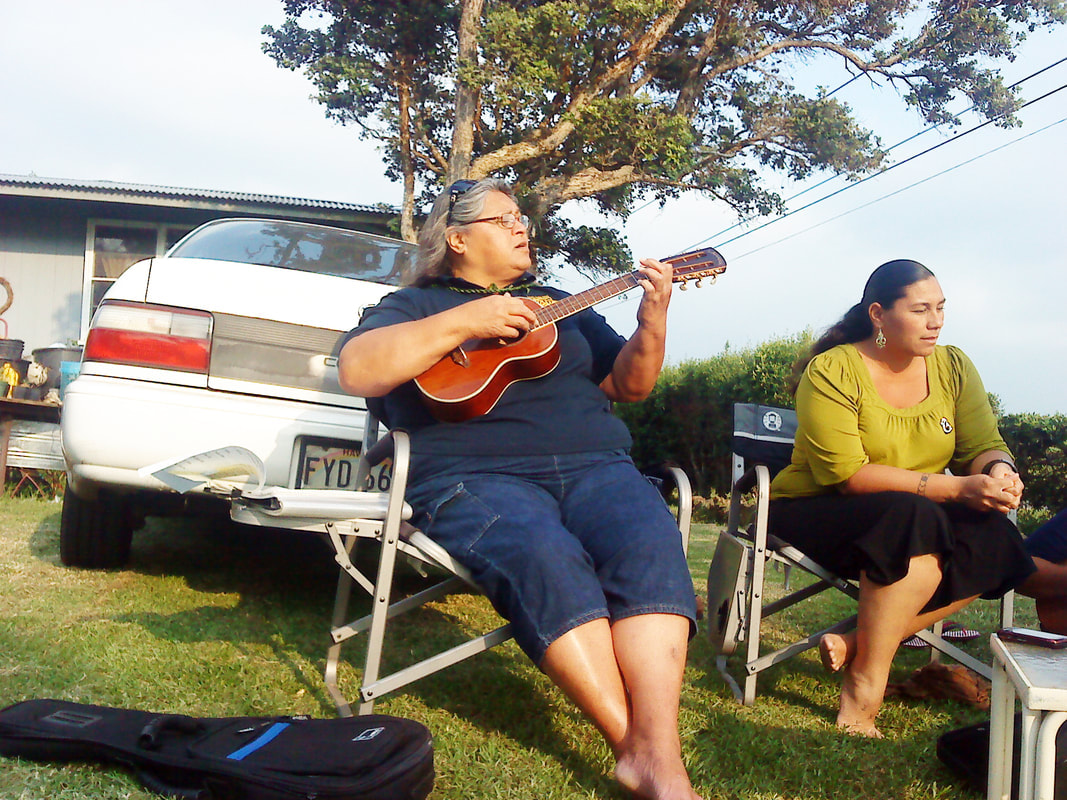
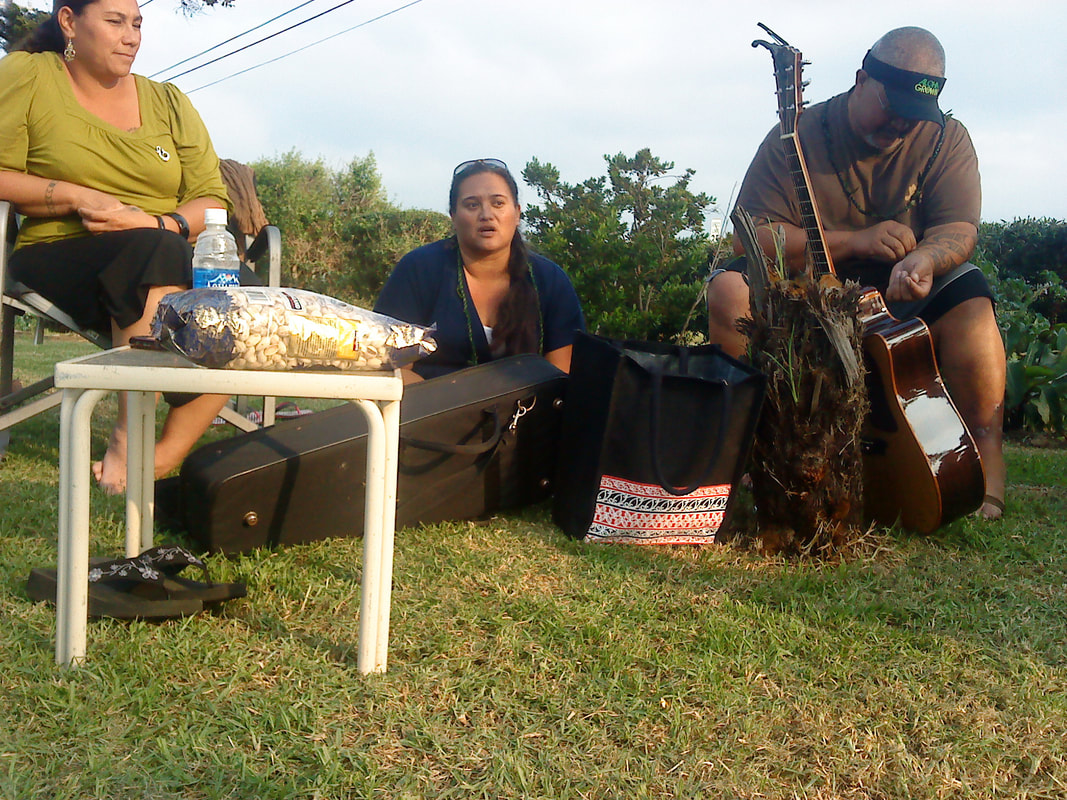
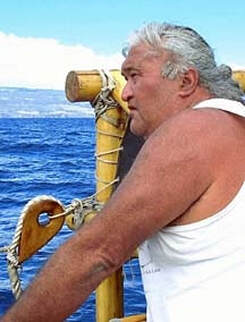
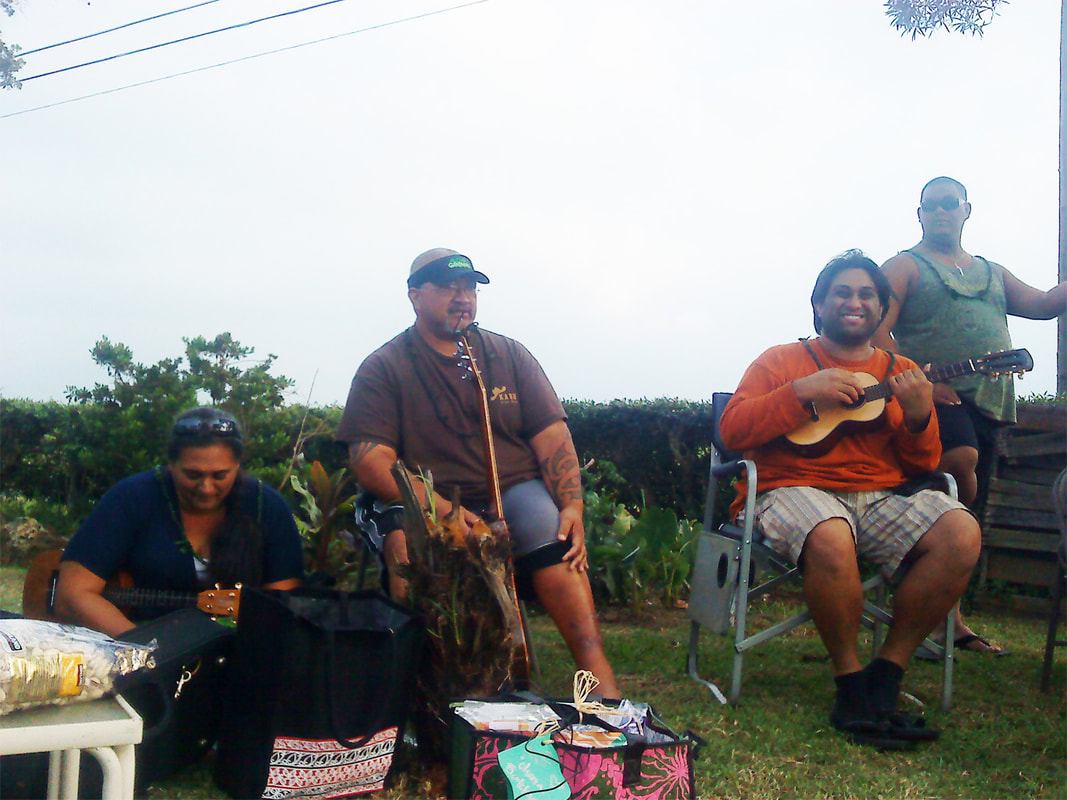
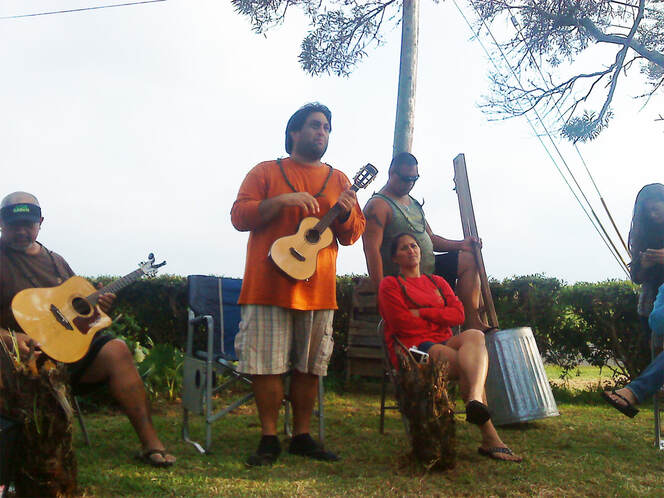
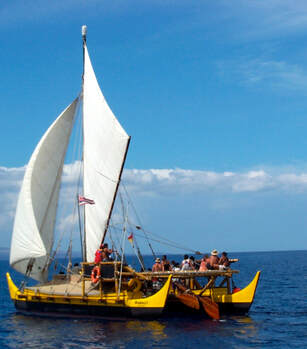
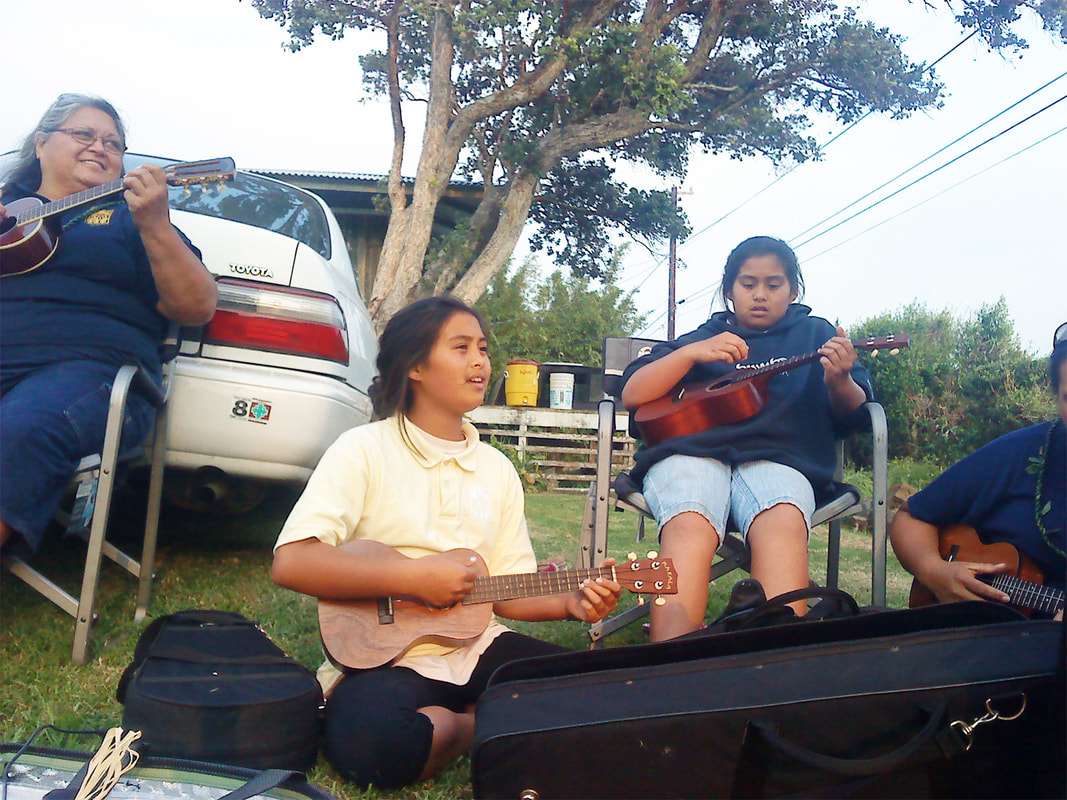
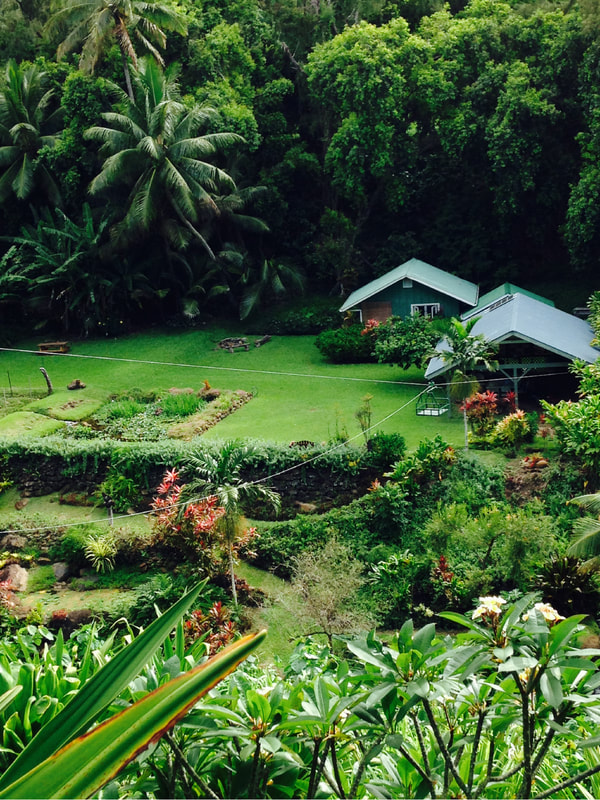
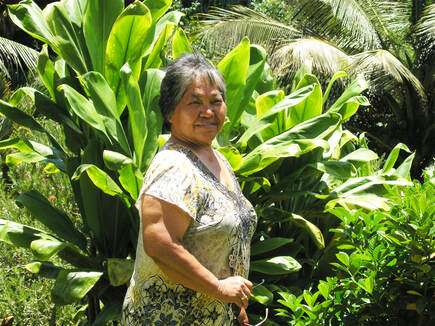
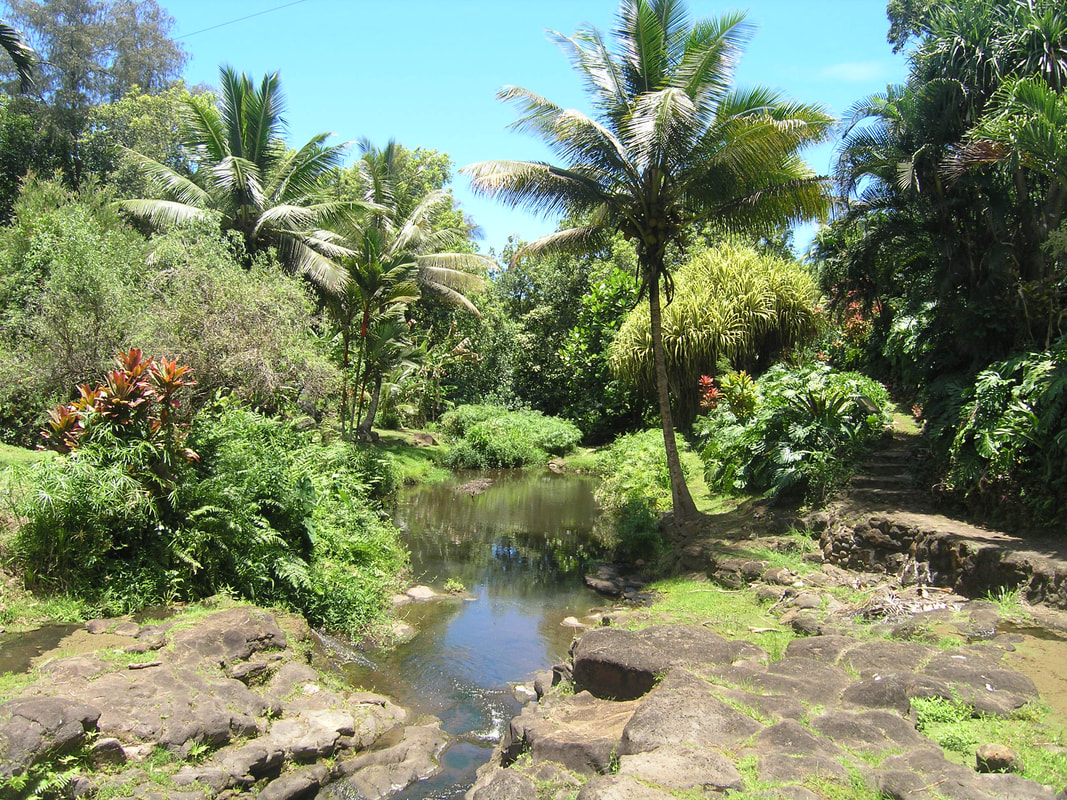
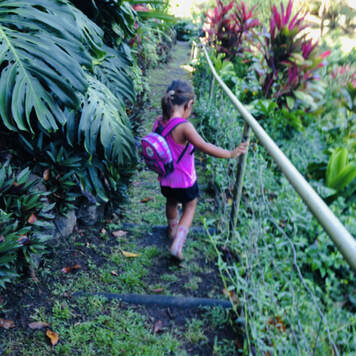
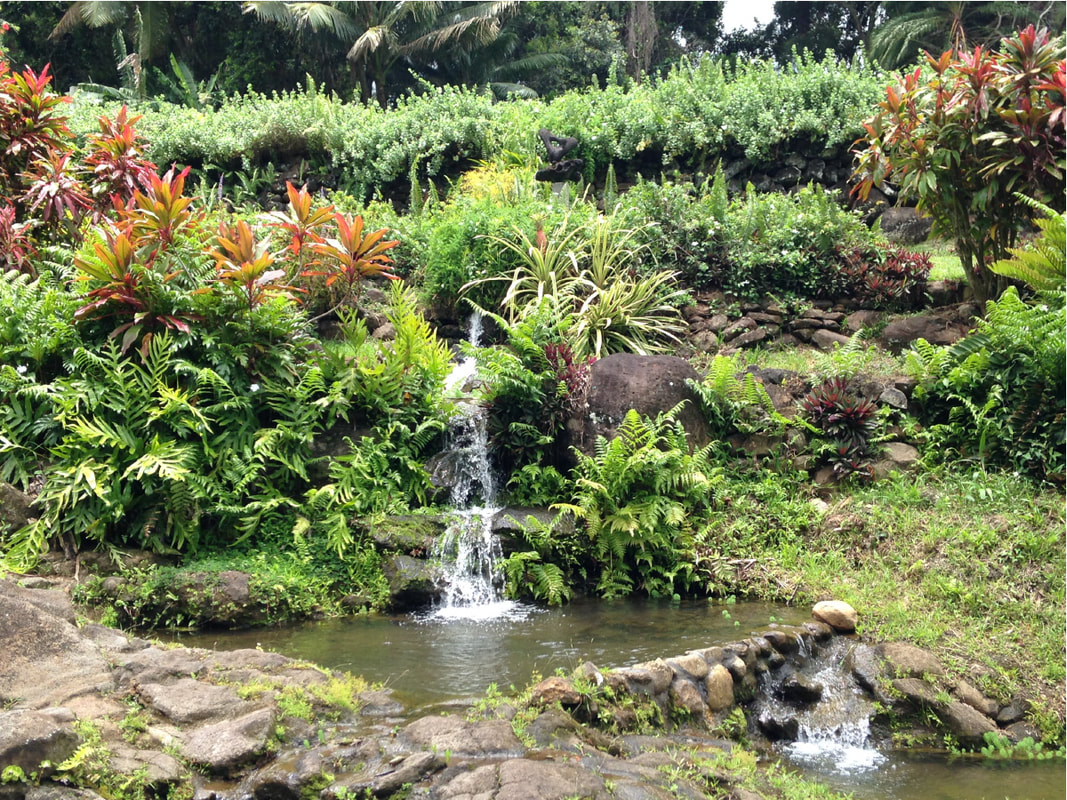
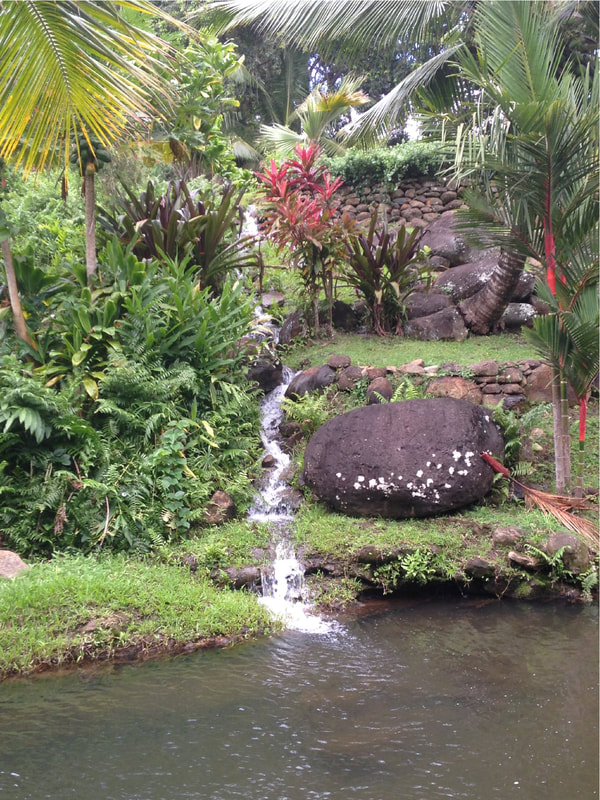
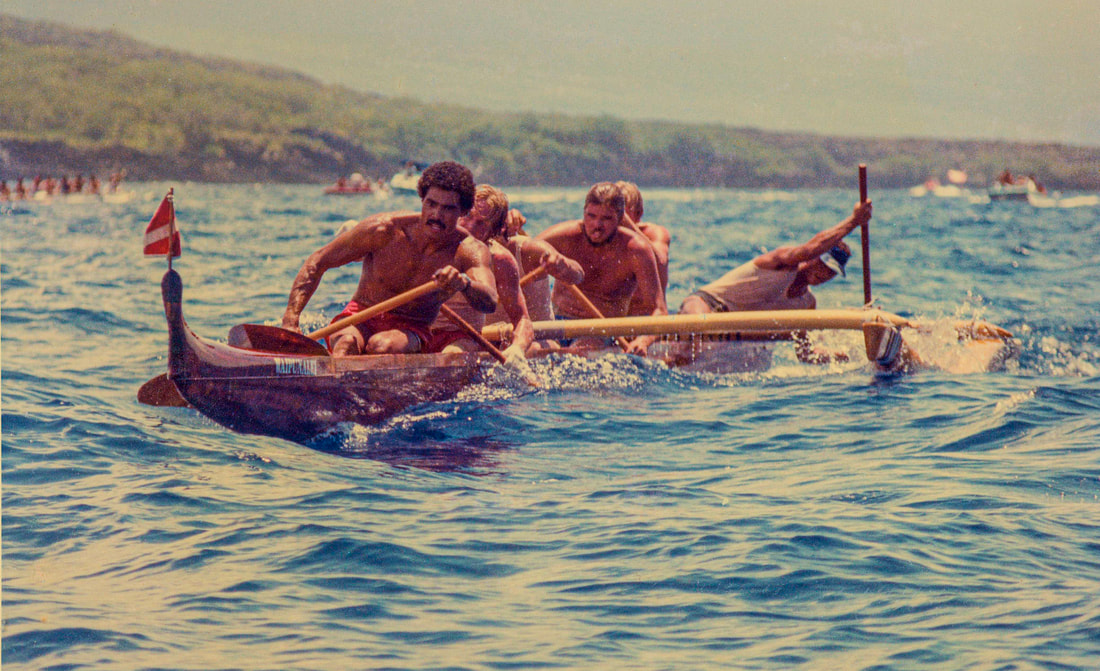
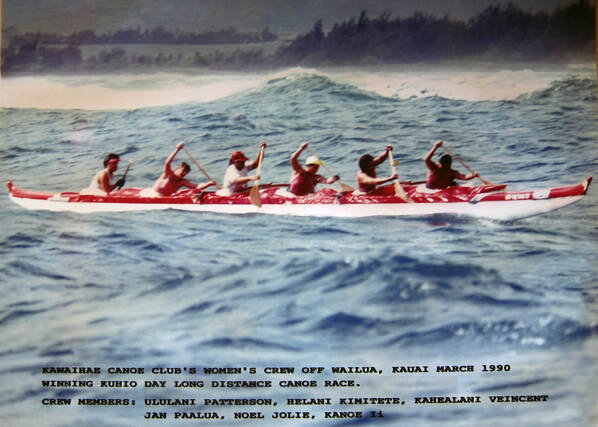
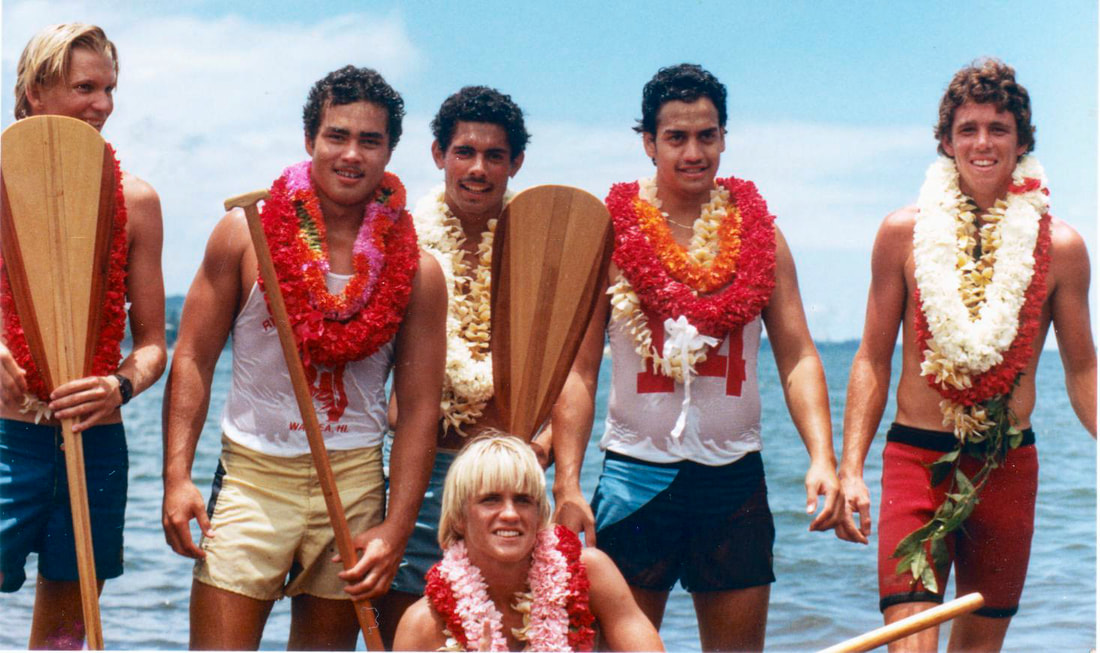
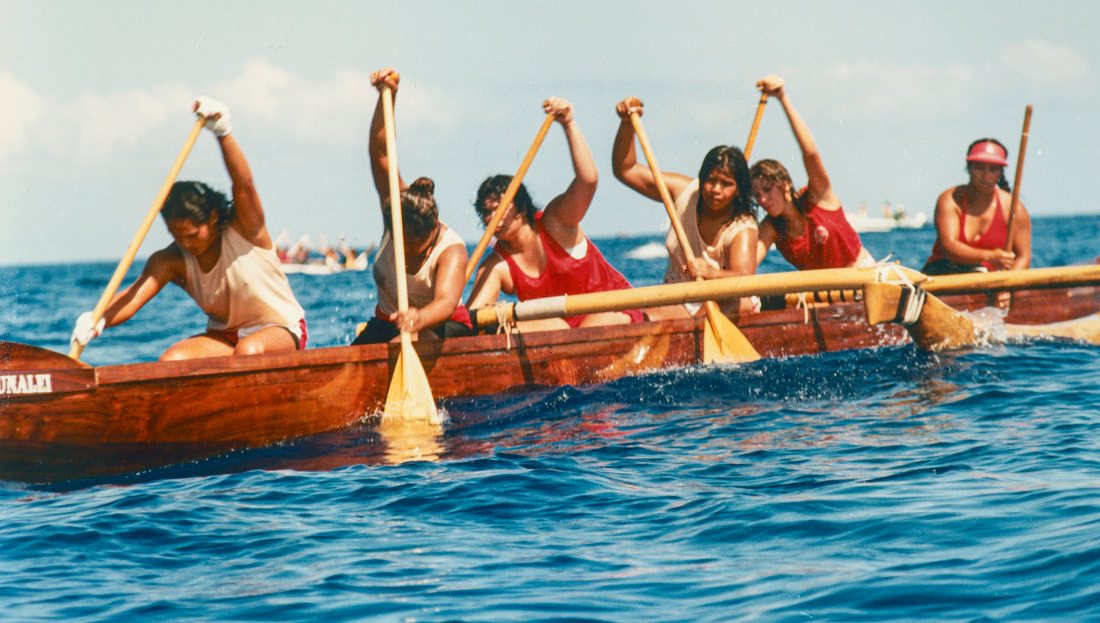
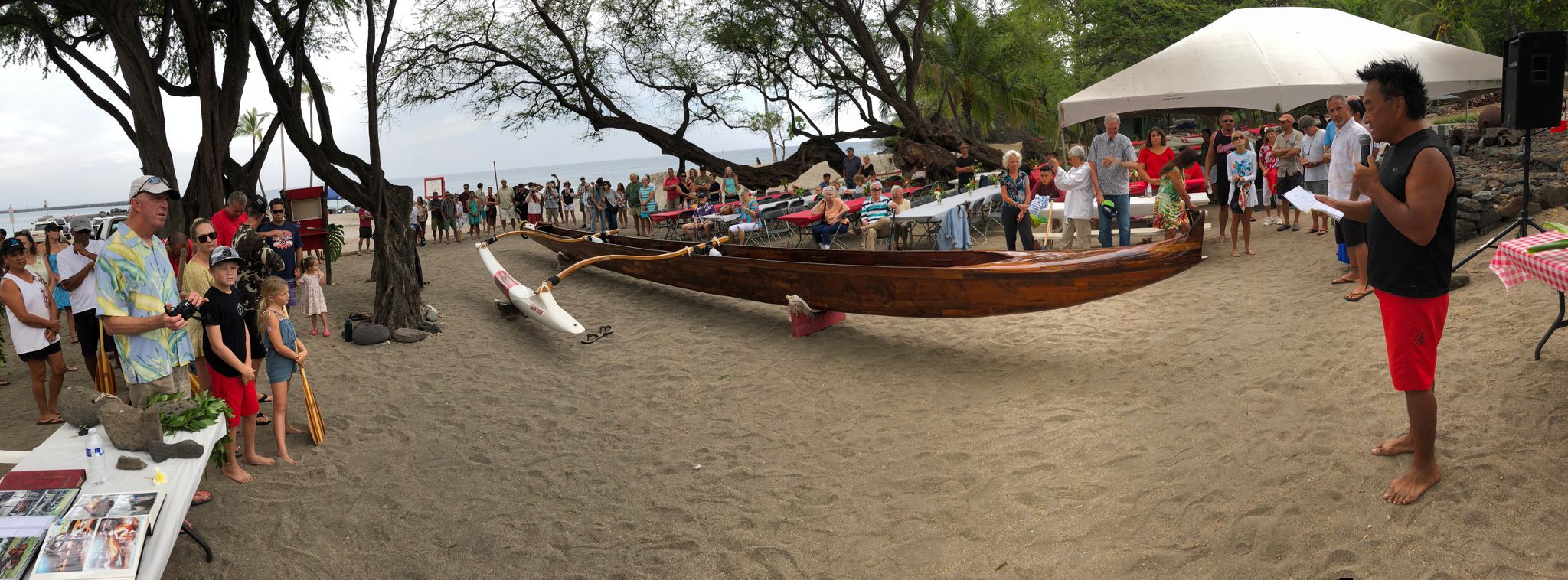
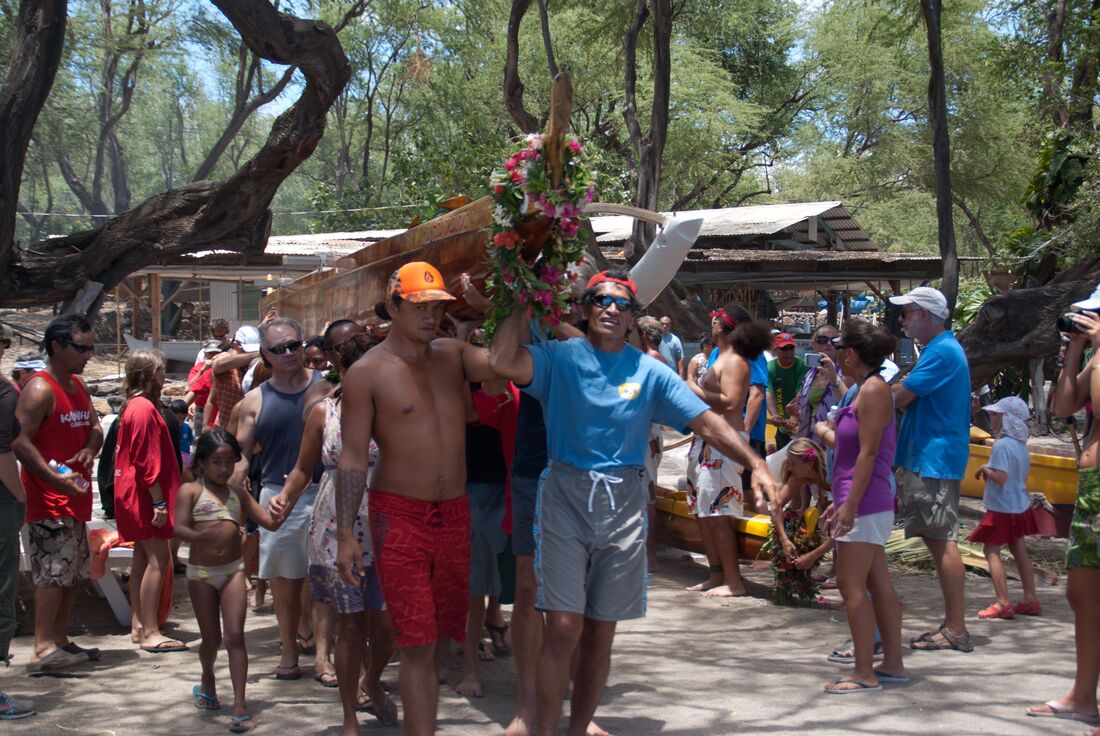
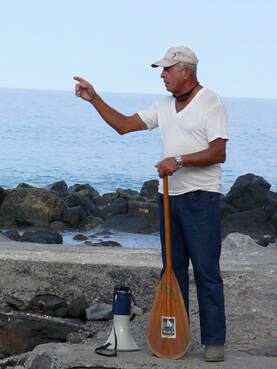
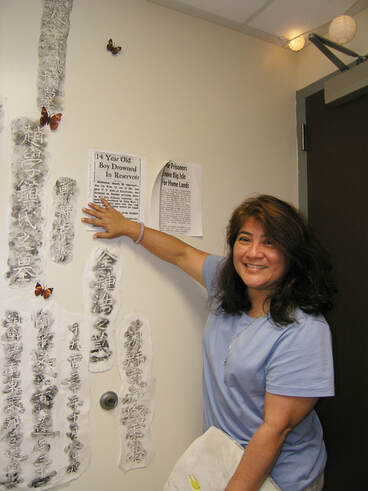
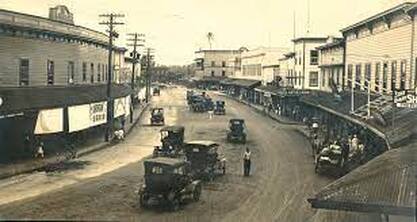
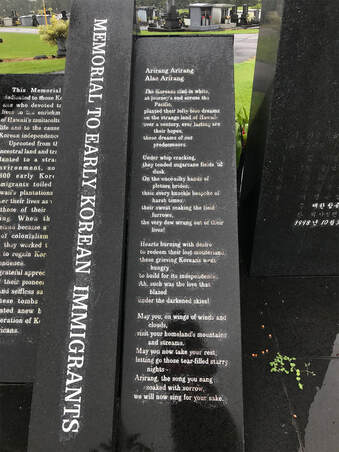
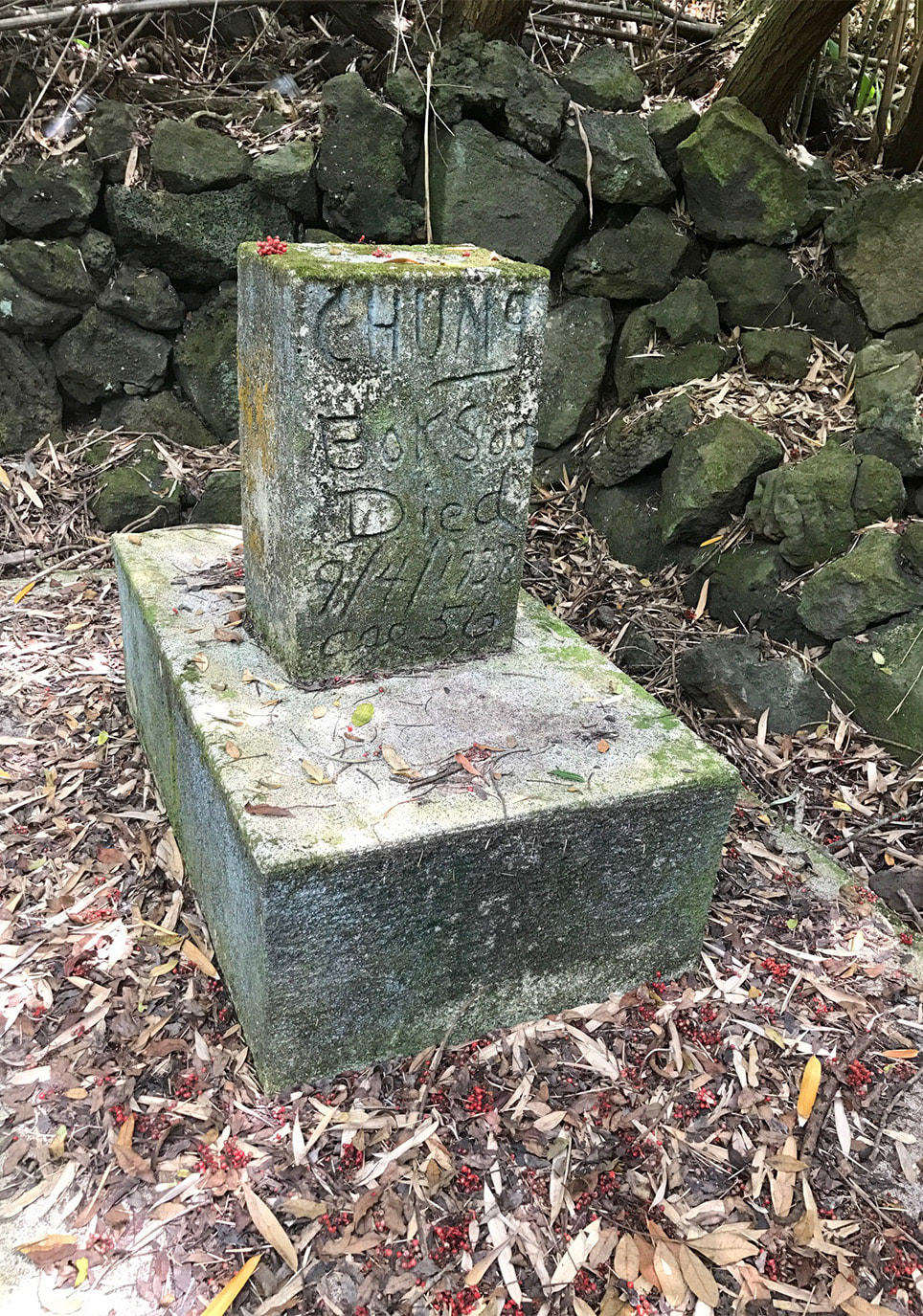
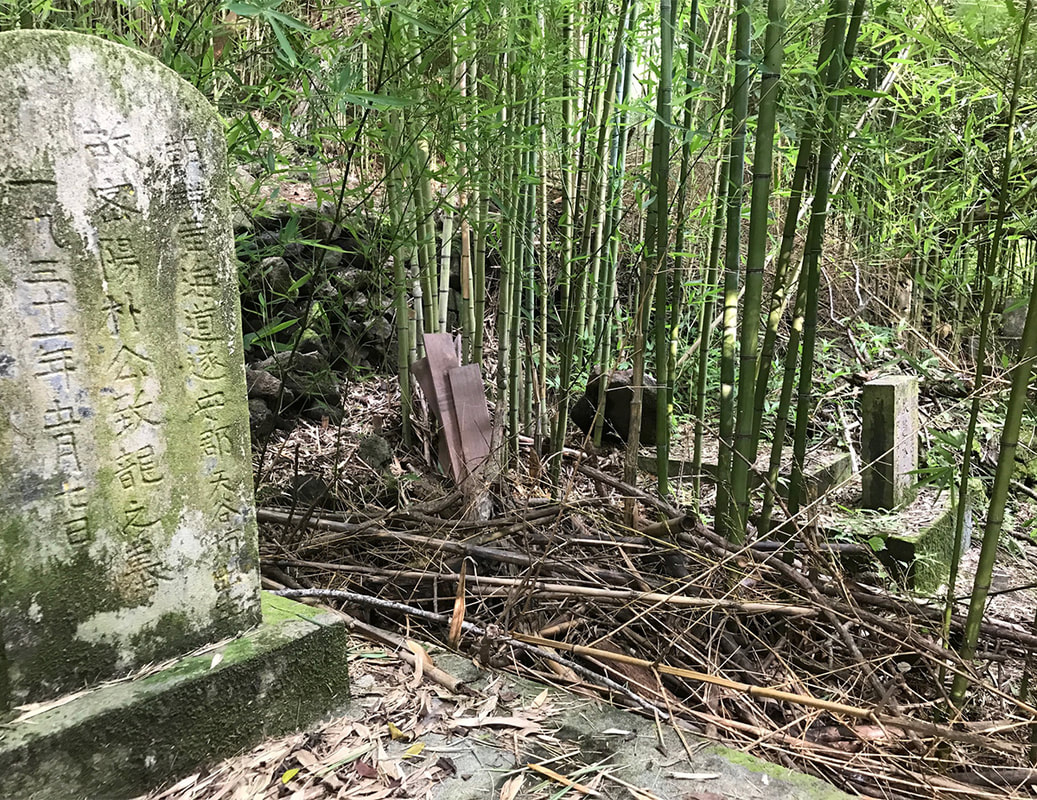
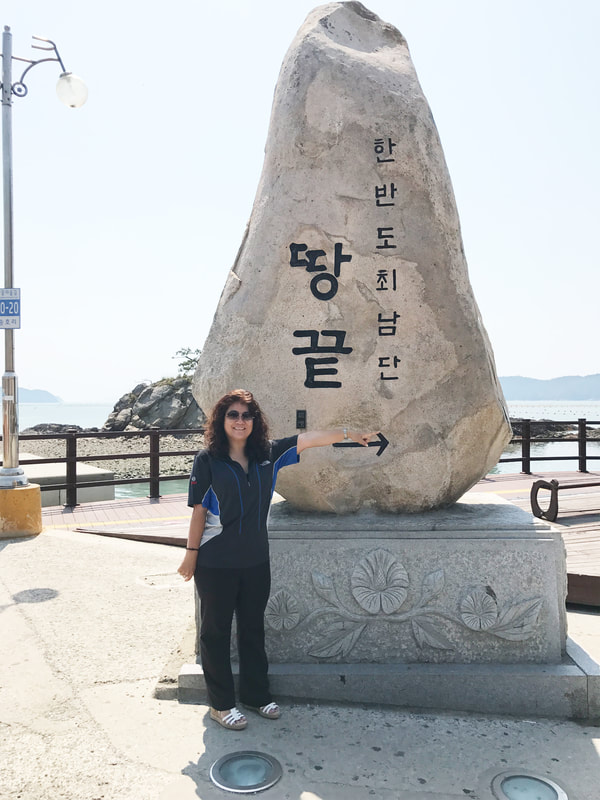
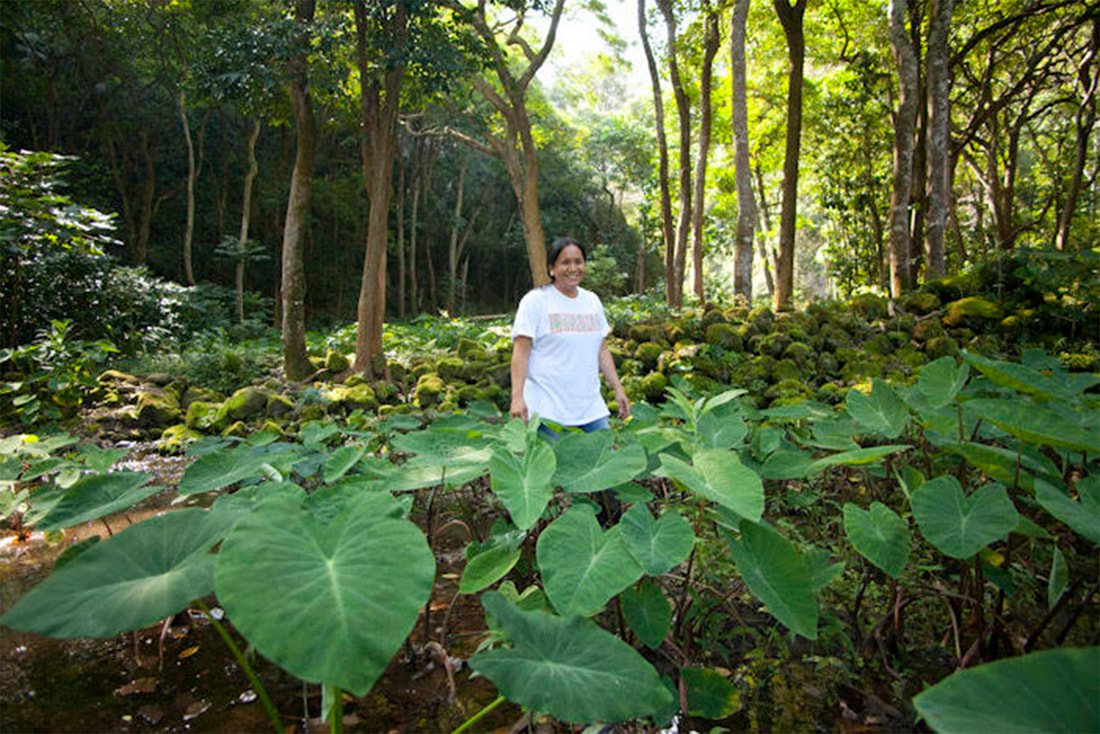
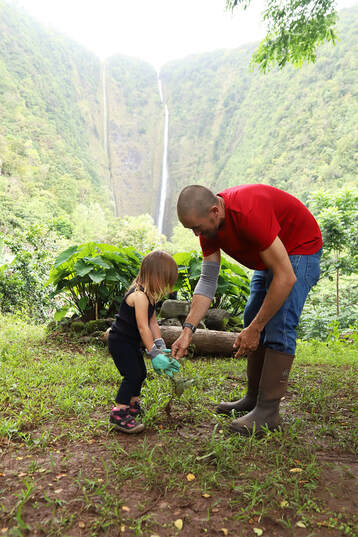
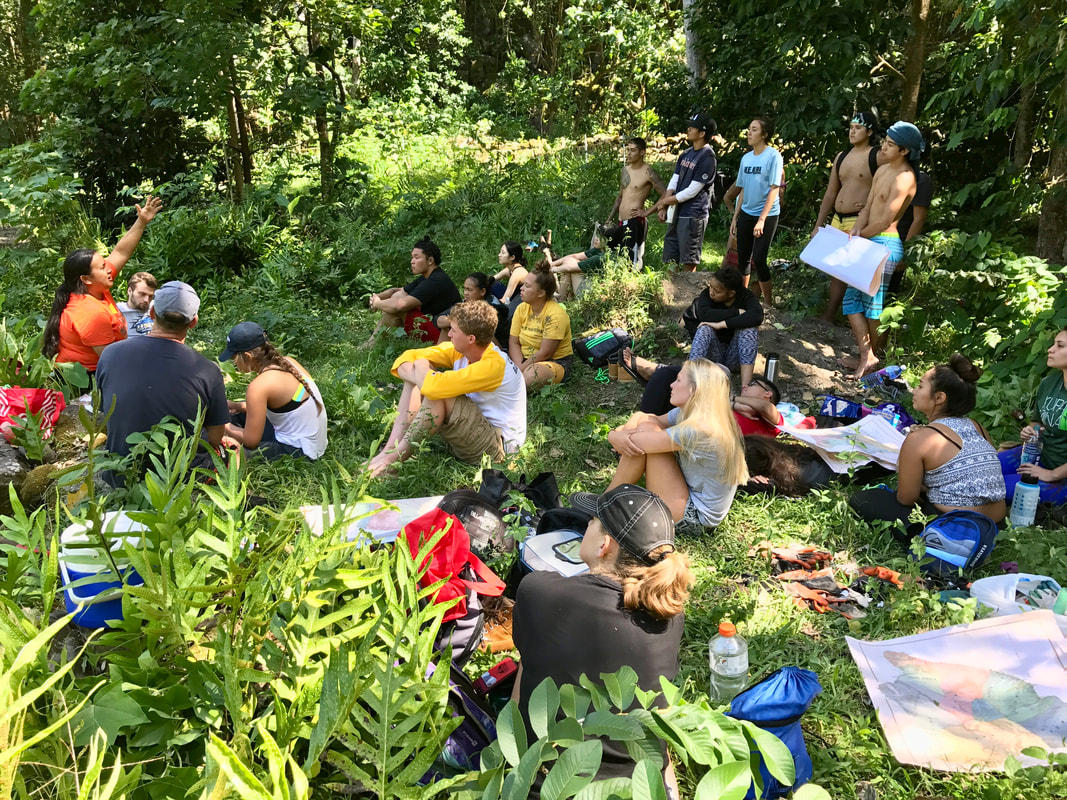
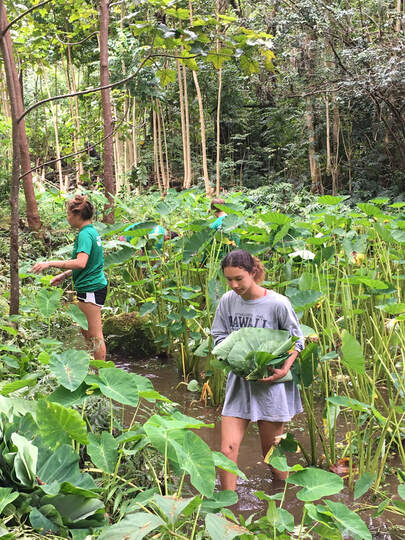
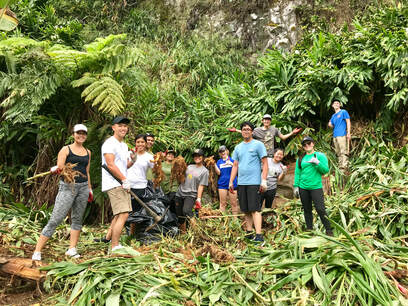
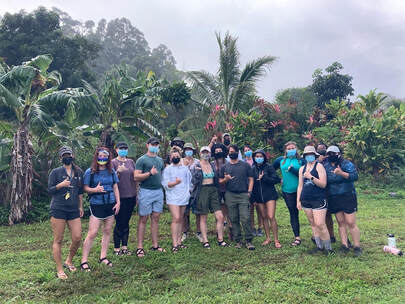
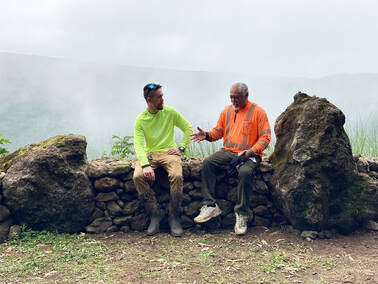
 RSS Feed
RSS Feed
